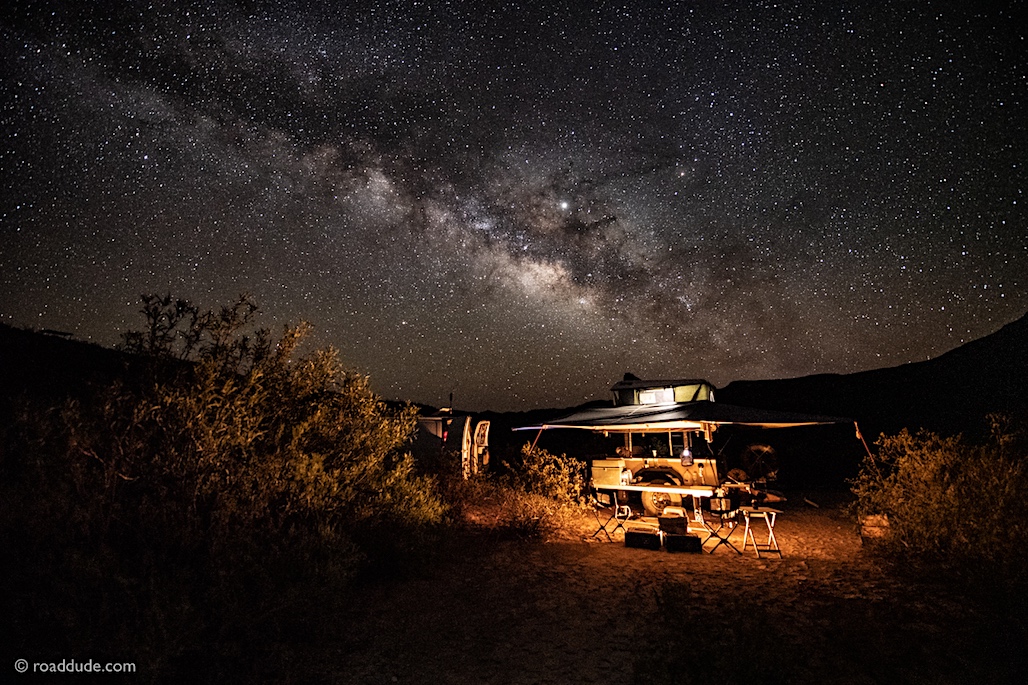@Caddis @nickburt
Here's what I've learned about hooking up solar panels to vehicles and trailers. I don't pretend to be an expert, but am happy to share what I've learned.
SHORT VERSION:
Hooking up a small solar system to your vehicle or trailer is really straightforward. Whether you have folding or mounted panels, they should go through a charge controller and then to your battery bank. From there all power to your led lighting, water pump, inverter, or air compressor, or whatever you want to hook up to power will be done just like wiring things without a solar system: power from battery to a fuse block, then out to the various circuits. Just like your vehicle wiring.
LONG VERSION:
Most folding panels and some mounted panels, like from Renogy, Overland Solar, Zamp or elsewhere will come with an inexpensive charge controller built-in on the back that shows battery status very simply, if at all; usually with LED lights.
If you prefer a charge controller with a digital LCD display, you can easily
bypass the built-in controller (or get panels without one) and install your own more sophisticated controller showing voltage, charging current, charging capacity, battery types, when your battery is full, and fault codes. I prefer the digital readouts so I know more exactly what I'm pulling in for amps, what my batteries are storing, and how charged they are. Better charge controllers also have a 5 step system to charge and manage your batteries. All this may sound confusing to some, but using a controller with a digital readout will help you better understand it all.
To show a typical digital readout, here's a short vid of the charge controller I use, taken on a windy day with clouds moving fast across the sun, displaying charging current in amps:
It rarely bounces around so much. It typically reacts much slower to shade or how directly it is pointed at the sun as the earth turns. That can be a big thing, by the way, maximizing the angle of your panels, both horizontally and vertically.
We bypassed the simple built-in controller on my panels in favor of the better one on my trailer. My panels came with a 10 gauge 15' fused cord with a standard SAE plug on the other end hooked up to wiring going to the controller. The controller was bypassed right on the back of the panel with Andersen plugs so the panels now feed directly into the 15' cord. This also makes it possible for me to add an extension between my panel and the fused 15' cord when I want.
I made a 30' extension from 10 gauge wire with an Andersen plug on each end, so now have a 45' radius from the trailer hook up to my panels. This makes it
much easier to move my panels around camp to take advantage of openings in the canopy overhead or to aim them more directly at the sun to optimize solar gain.
The other end of the cord from the Andersen plug has a standard SAE plug. Here's a shortened version of that (SAE on left, Andersen on right, for those unfamiliar) though you should add a fused link where necessary:
View attachment 51255
The SAE connection plugs into the wires to the charge controller, which in many systems is mounted close to your battery or mounted in a spot where you can monitor things more closely. It's easier if that is in the nose box with your batteries or right inside your vehicle or trailer in an easily seen spot. If you have to keep going all the way out to your panel, then getting down on the ground or contorting around to see the back so you can see your controller readouts, you won't be checking it as often and therefore won't be maximizing solar gain.
For smaller solar systems like folding panels and most vehicle rooftop setups, you really only need a PWM (Pulse Width Modulation) charge controller. For larger systems, an MPPT (Maximum Power Point Tracking) charge controller can tweak more output from the panels. Here's a great explanation of that on the Victron site (look down to point 3):
Which Charge Controller: PWM or MPPT?
For my 120w folding panels, I have a
Zamp ZS-15AW charge controller mounted in the nose box of my trailer. It is a PWM charge controller and currently runs about $115.00. When I add more, and larger, panels, I'm considering getting an MPPT charge controller, partly for experimentation and comparison. I geek out on experimenting with different set ups for maximum efficiency for both base camping and off-grid living and have learned a lot playing with different systems and equipment.
Hooking up the panels to the charge controller is super simple and straightforward with positive and negative leads. Again, with a fused positive. Then you have positive and negative from the charge controller to the battery bank, whether single, dual, or more batteries in the bank. Here's a page from the manual for my
Zamp ZS-15AW charge controller:
View attachment 51244
For those who would like to read more, here's the
whole manual in .pdf.
Now you have your solar panel(s) hooked up to the battery through a charge controller. Solar is usually hooked up to your house (auxiliary) battery bank, not your cranking battery. Though my panels did come with a simple alligator clip set up that I can hook directly to my cranking battery in case I have a dead or low battery.
From there it's just normal wiring like you would if you didn't have a solar system, with a fuse box like
Blue Sea ($20-50 or so, depending on number of circuits) or
SPod - which can get crazy expensive depending on which one you want, how many circuits, and if you want to have a touch screen inside your vehicle to control the circuits.
I've seen guys use Siri on their phones, through the SPod bluetooth and an app, to control things like power to their air compressor by voice. Something much more simple like the Blue Sea fuse block above is the way to go for most of us. The one I have shown in the image below is the
Blue Sea 6 Circuit with cover.
POWER CENTER:
View attachment 51256
From left to right and clockwise in the images shown above and below:
- The black circular tube in the cabinet wall at lower left is an opening w/cover through which I can feed extension cords or anything else I want going into or out of the nose box when the lid is closed.
- The small wiring above that is the exterior SAE connection in the nose box wall of the power center on my trailer. That's where the SAE end of the cord from the panels is hooked up.
- Behind that is the gray junction box that is simply a 110 In/Out and has nothing to do with the solar, but does lead to a NOCO battery tender. More on that if anyone is interested.
- To the right of the gas strut is the Zamp ZS-15AW charge controller mentioned above, with the wires from the solar panels (via the SAE connection) bundled together with the wires leading to the battery.
- On the back wall of the power center and under the charge controller are two sets of protected toggle switches that are wired to circuits on the fuse box. The toggle switches light up on the end when that circuit is powered. A very handy feature to show what you have on or not at any time and to minimize drain on your batteries. I have circuits for: rock lights under the trailer, galley lights over my kitchen area, side lights on my platform rack, cargo bay illumination, water pump, and air compressor.
- at far right is the Blue Sea 6 circuit fuse box.
- On the near wall, barely visible, is the
NOCO Genius 2, which charges and maintains the batteries when hooked up to 110 shore power.
- In the middle, of course, are the batteries, one on its own shelf above the other.
- Also in that compartment now are a
ZAMP 1000 W pure-sine inverter and an
ARB CKMA12 air compressor.
- In the next compartment on the far right wall, and inside the tailgate on each side at the rear of the trailer, are protected 12v outlets. Handy for plugging in your fridge, other 12v accessories, or chargers for your mobile devices, etc.
View attachment 51292
A little better view of the wiring and side access hole.
LINKS:
Zamp Solar
Renogy Solar
Overland Solar
Blue Sea
SPod
NOCO
ARB Air Compressors
Victron: PWM or MPPT?
Solar Panels: What are the most efficient panels on the market?
Happy to answer any questions I can about the set up as I have it configured.
Road
Roaddude - Traveling Photographer/Writer/Artist On the Road In North America. Gear, reviews, people, places, and culture.

roaddude.com









